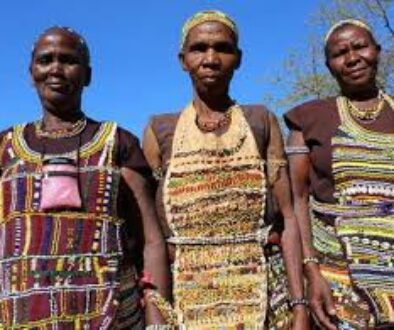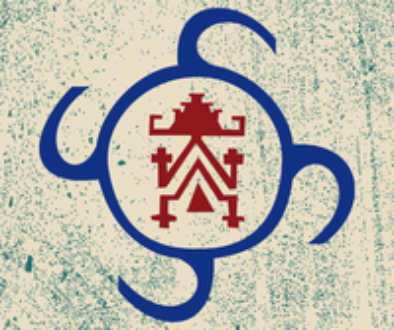Constitution of the Iroquois Nation: the Great Binding Law, Gayanashagowa
Haudenossaunee / Iroqois Confedereiton
Constitution of the Iroquois Confederation, which consists of five indigenous North American nations (Mohawk, Oneida, Onondaga, Cayuga and Seneca) currently divided between the U.S. and Canada.
The origin of this document, which was transmitted orally for centuries, probably dates back to the fourteenth century, when these five tribal nations decided to confederate and sign the ‘Great Peace’.
This constitution regulates diverse topics such as social organization, the rights and duties of political and military leaders, their appointment and dismissal, the relationship between nations, the protection of home and social rights, the protection of religious ceremonies, immigration, adoption and burial rites. These are all fundamental aspects of tribal and regional governance, with clear equivalents in the executive, legislative and judicial branches of modern governments. It is thought that the Iroquois constitution influenced the drafting of the constitution of the United States.
Reference
Constitution Society. Constitution of the Iroquois Nation: the Great Binding Law, Gayanashagowa [On-line]. Cybercasting Services Division of the National Public Telecomputing Network, Constitution Society. <http://www.constitution.org/cons/iroquois.htm> [Consulted: 22 February 2011].




